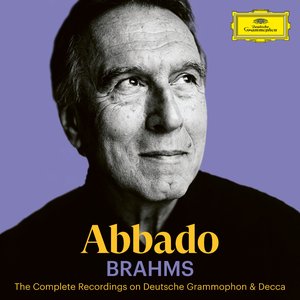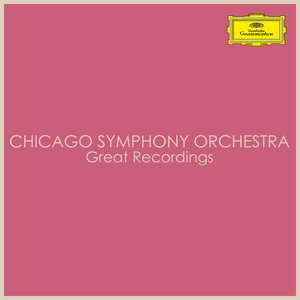Wiki
-
Length
2:52
The Swan (original: Le Cygne) is the 13th and penultimate movement of The Carnival of the Animals by Camille Saint-Saëns. Originally scored for solo cello accompanied by two pianos, it has been arranged and transcribed for many instruments but remains best known as a cello solo.
The piece is in 6/4 time, with a key signature of G major and a tempo marking andantino grazioso. The slow cello melody is accompanied by almost constant broken chord figurations on the pianos. When performed as a separate movement, not in the context of The Carnival, The Swan is frequently played with accompaniment on only one piano. Because of its slow tempo and mostly legato performance indications, the movement is suitable for performance on the theremin.
In dance, The Swan is often known as The Dying Swan, after a poem by Tennyson. Inspired by swans that she had seen in public parks, Anna Pavlova worked with choreographer Michel Fokine, who had read the poem, to create the famous 1905 solo ballet dance which is now closely associated with this music. According to tradition, the swan in Pavlova's dance is badly injured and dying. However, Maya Plisetskaya re-interpreted the swan simply as elderly and stubbornly resisting the effects of aging; much like herself (she performed The Swan at a gala on her 70th birthday). Eventually the piece came to be considered one of Pavlova's trademarks
Track descriptions on Last.fm are editable by everyone. Feel free to contribute!
All user-contributed text on this page is available under the Creative Commons Attribution-ShareAlike License; additional terms may apply.




